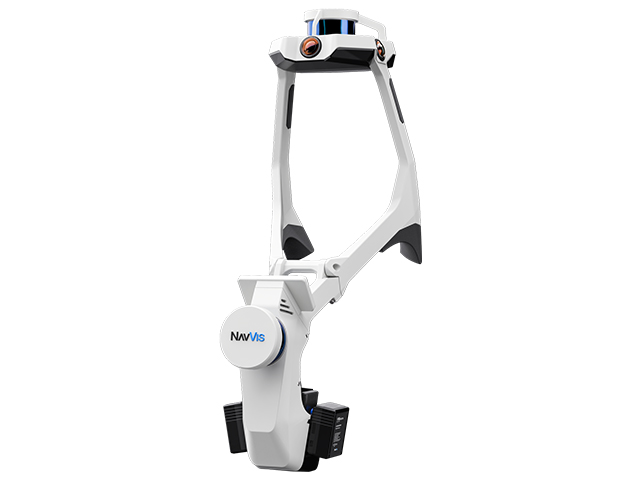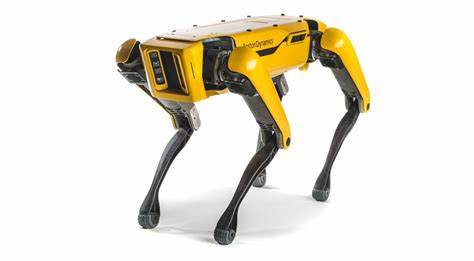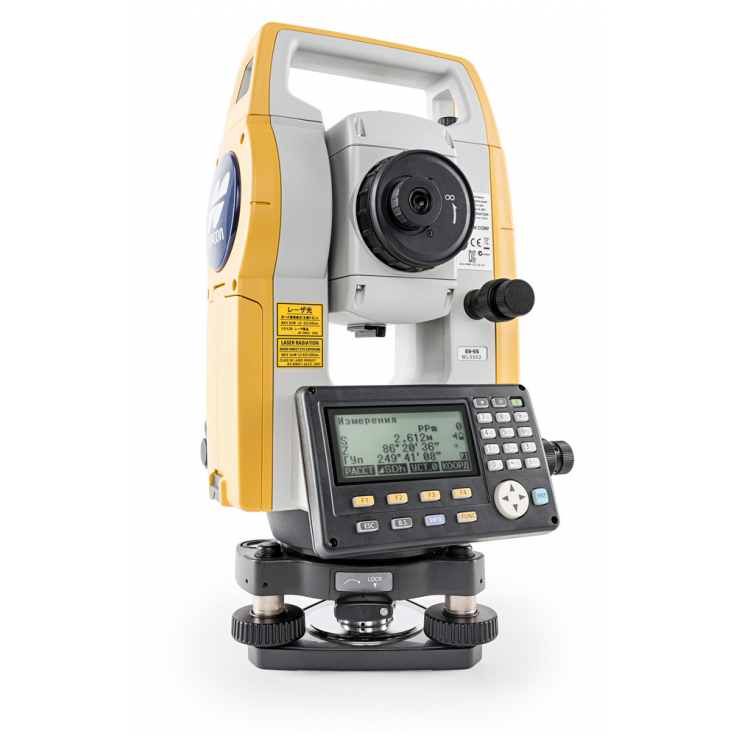Reality capture technology has revolutionized the way we replicate and interact with the physical world by transforming it into a virtual environment. Using sophisticated software and advanced hardware, such as laser beams, sensors, and GPS, 3D laser scanning technologies have emerged as powerful tools for capturing accurate and detailed information of the current condition of various project types.
In a laser scanning system, light waves are emitted by the scanner and bounce off surfaces before returning to the sensors. By measuring the time taken for the light beam to complete its journey, the sensor calculates the distance to each surface. This process is repeated multiple times, capturing thousands of individual points that are then compiled into Point Cloud files. These files create a digital representation of the scanned surfaces, providing precise dimensions and spatial relationships of the captured geometry.
It’s important to note that a laser scanner can only capture what is within its field of view, limiting its coverage to specific areas. This limitation requires the expertise of the technician to choose the most convenient equipment, set ups and strategy to perform the scanning.
Choosing 3D Laser Scanning Technologies
When it comes to choosing the right scanning technology, there are three primary types to consider, each suited for different purposes. Let’s explore these types and their ideal scenarios of use:
STATIC SCANNING – (Terrestrial Scanning)
Static scanning is well-suited for large projects that require high accuracy. It excels at capturing extensive amounts of data with exceptional precision. Here are some key characteristics of static scanning:
- Scans per day (normal pace): 100
- Average precision: 1/8”
- Ideal for verifying existing conditions, construction accuracy and progress, critical material placement, as-built clash checking, detailed visualization, and verification of floor flatness and wall verticality.

DYNAMIC SCANNING – SLAM (Mobile Scanning)
Dynamic scanning, also known as SLAM or mobile scanning, is the preferred method for capturing substantial amounts of data with medium precision. Its capacity depends on the scanning device but is generally suitable for small and large projects that require moderate accuracy. Consider the following aspects of dynamic scanning:
- Sqft/day: 300,000 with NavVis or Heron
- Precision: 1/4” – 1/2” with NavVis, VLX or Gexcel Heron.
- Ability to get onto control in the field.
- Useful for verifying existing conditions, spatial and physical assets, construction accuracy and progress, construction logistics and sequencing planning, and emergency planning.




HYBRID SCANNER AND TOTAL STATIONS
The Hybrid Scanner and Total Stations are useful for small and large projects which need high accuracy, while also creating survey control. They can be used as layout instrument when not scanning.
- Great for capturing medium amounts of data with high precision.
- Scans per day (normal pace): 50 for the Topcon GLT-1200
- Precision: 1/8”
- Allows for control in the field.
- Can create new survey points when a lack of points is in your field of view.

So, which Laser Scanning Technology should I choose?
As you may have read, the best Laser Scanning Technology depends on the characteristics and project purpose and scope. However, our Sirvey team has the knowledge and expertise to help you choose the correct Laser Scanning Technology!
By submitting your request, we can connect you with the most suitable laser scanning provider for your project’s needs. Sirvey has a highly prequalified Laser Scanning Network, providing coverage wherever you need it. As we believe Reality Capture is the way to go for all in the AEC industry, our goal is to make Laser Scanning accessible and easy for everyone.
Contact us today and get started on your Laser Scanning project with Sirvey!